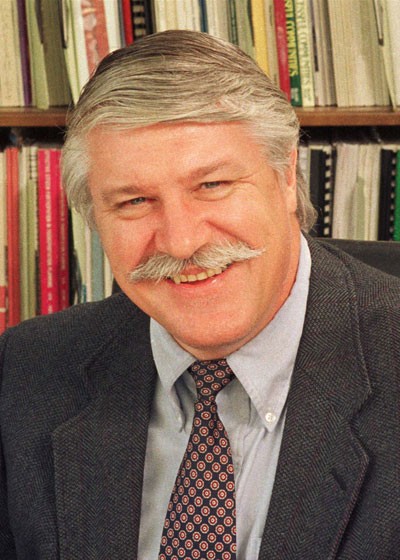Page 2 of 4
"Charlotte will become the premier city in the country for integrating land use and transportation choices," the plan's mission statement reads. No congestion mitigation there. Reducing congestion isn't even listed as one of TAP's five goals. But city transportation planner Dan Gallagher insists reducing congestion is actually a concern in the policy document, even if it isn't directly mentioned by name in the goals or mission statement.
Congestion comes up more frequently in a sister document, called the TAP Technical Plan, which includes a formula to prioritize road projects -- a formula that gives a roadway project the same number of points for reducing congestion as it does for supporting bus and rapid transit. It's debatable whether drivers would consider road access to a transit line as important as reducing congestion. After all, more than 90 percent of the population won't use mass transit as Charlotte offers it.
But the city council, in what appears to be an effort to avoid holding anyone accountable for a transportation decision of any kind, wasn't asked to vote on the technical document. Neither did the council directly approve the formula for deciding which road projects rank as priorities. Council members voted on the vaguely worded policy document only, so what they actually approved -- outside of a bunch of feel-good bureaubabble -- is anyone's guess.

- David Hartgen, UNCC professor of transportation studies
The only concrete part of the TAP policy document is buried in the appendix. It's a stunning piece of work called the "Major and Minor Thoroughfares Not Anticipated to be Widened Through 2030 Map." Those thoroughfares (see map on this page) include just about any route anyone who lives in the suburbs could conceivably use to get to the center of the county. Which means, of course, roads most important to suburban drivers won't get major overhauls anytime soon.
Gallagher emphasizes that this doesn't mean roadwork and improvements will never be done on those routes. The city plans to use a variety of lower-cost fixes, such as extra turn lanes, that would be funded if the city finds a way to raise the $3.5 billion. But the roads won't be widened.
Equally disturbing is a similar regional formula for prioritizing road work, which gives a project the same maximum number of points for reducing congestion as it does for providing access to a transit or freight station. Other factors that can add up to outweigh the importance of congestion include a project's impact on air quality. Whether a project will improve access to a minority community is also a factor that is considered.
Take Wilkinson Boulevard. At any time of day, drivers can cruise down Wilkinson with no problem. And yet the road is scheduled for widening. Meanwhile, people stuck in traffic on 485 between Providence Road and US 74 might be shocked to find that the widening of that part of the interstate is so far down on the list it won't even be considered for funding until after 2030.
City planners insist that while the TAP plan won't reduce congestion, it will dramatically reduce its growth. If the city gets the $3.5 billion, roads will be slightly more congested in 2030 than they are today. But Hartgen, who has studied these plans, says that while the intersection and congestion hot-spot fixes in the TAP technical document are steps in the right direction, the plan doesn't focus enough on the most congested areas of the county.
Another Way
To gain a competitive edge, cities and states across the country are beginning to make congestion reduction their top priority.
Atlanta officials chucked their old road project-ranking formulas, which were similar to those Charlotte uses today. Atlanta's new plans no longer consider congestion equally among factors like connectivity, environmental impact and transit friendliness. Congestion reduction is priority number one -- it's weighted at 70 percent while the other eight factors split the remaining 30 percent.
But transportation planners here are digging in their heels against this new trend. One local transportation planner actually laughed out loud when Creative Loafing told him about Atlanta's newly revised transportation priorities. Several local planners suggested Charlotteans would oppose a move like Atlanta's new 23-lane interstate-widening project the private sector is building on I-75. Local planners say Atlanta's congestion-reduction goal -- which actually aims at having less congestion in 20 years -- won't work.
In March Georgia Governor Sonny Purdue announced in the Atlanta Journal-Constitution a "worst first" plan, meaning the city and state would now prioritize fixing the nastiest traffic bottlenecks to eliminate congestion.
"We've tried a shotgun solution in the past, everything everywhere, and it's not been effective," Purdue told the paper.
That Atlanta's new approach is a radical idea in the transportation world would come as a shock to most Charlotte drivers, but when CL asked local transportation planners what they thought of the concept, they grumbled and sent us literature from a group opposing the new asphalt-oriented strategy.